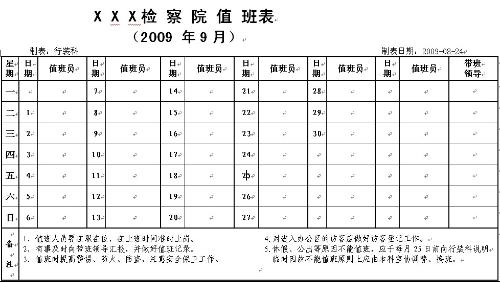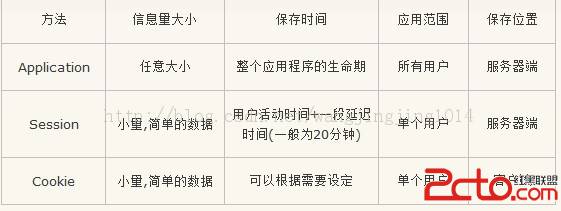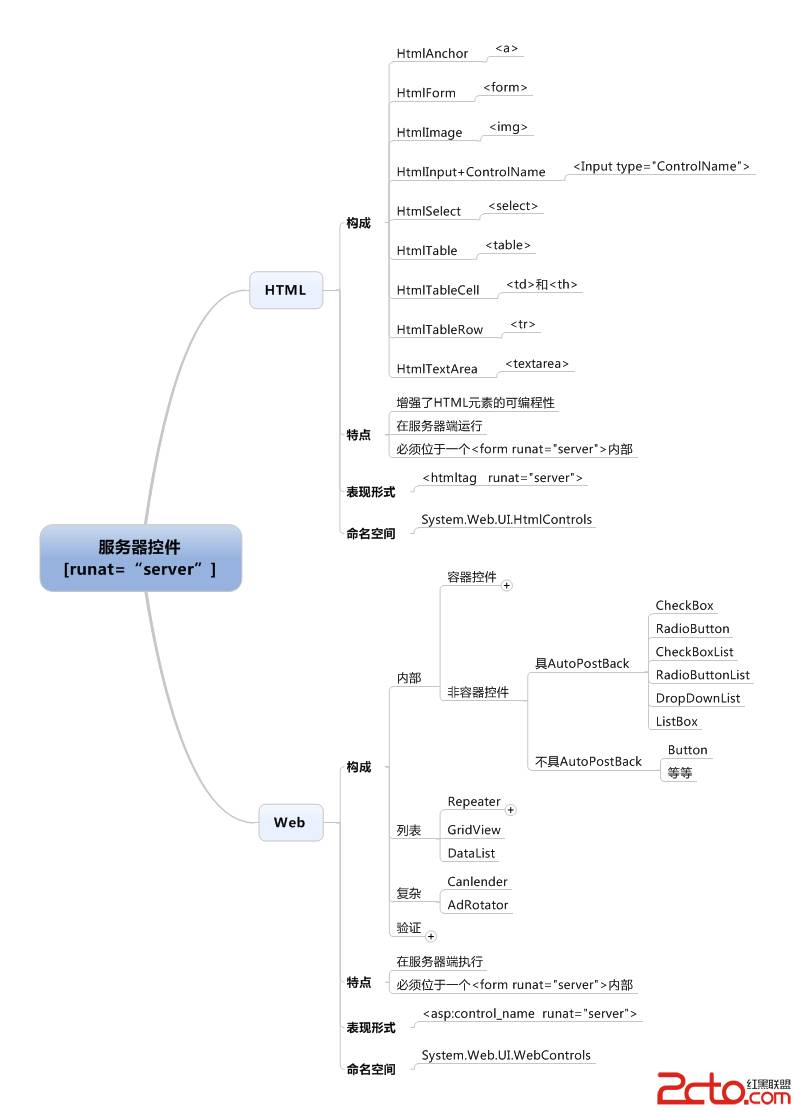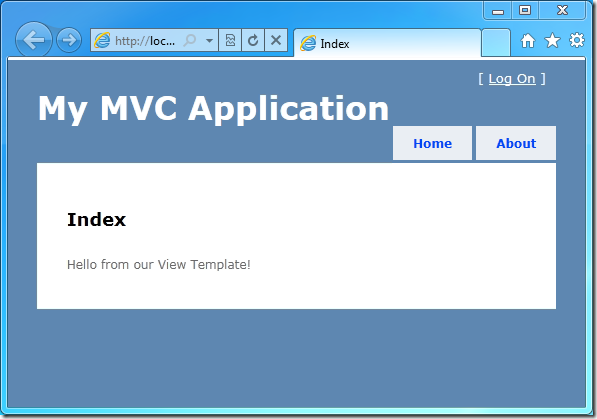.NET 4泛型中的Covariance和Contravariance
在介绍.NET 4泛型的covariance和contravariance之前,先介绍下编程语言类型系统的variance的概念。简单的说covariance使得你能够用一个更具体的类来替代一个本该父层的类。在C#中,引用类型的数组是covariant的,这是从当时的Java中学来的特性,例如:
namespace variance2
{
public class Animal { }
public class Dog : Animal { }
class Program
{
static void Main(string[] args)
{
Animal[] animals = new Dog[10];
animals[0] = new Animal();
}
}
}当给animals数组初始化的时候,可以使用它的子类Dog,这里是covariance的。这段代码可以编译通过,但是运行的时候会报如下错误:
Attempted to access an element as a type incompatible with the array.
因为一旦给数组赋值了Dog,实际上它就是一个Dog数组,所以不能再给他赋值Animal。一段能编译通过的代码再运行时发生类型错误并不是好事情,所以在.Net 2引入泛型的时候.net的泛型是invariant的。
List<Animal> listAnimals = new List<Dog>();这样是不能通过编译的。
List<Dog> listDogs = new List<Dog>();
listDogs.Add(new Animal());这样也不能通过编译。.NET2 这样做避免了一些问题,但同时也带来了一些问题,例如: List<Dog> listDogs = new List<Dog>();
IEnumerable<Animal> enumAnimals = listDogs;这样是不能编译通过的。实际上,这种编程场景很常见,而且事实上这是类型安全的,因为通过IEnumerable接口,我们只能从enumAnimals中获取值,而不能给他赋值。
下面举一个contravariance的例子:
public class Animal
{
public int Weight
{
get;set;
}
public string Name
{
get;set;
}
public Animal(string name,int weight)
{
Name=name; Weight=weight;
}
}
public class Dog : Animal
{
public Dog(string name,int weight):base(name,weight)
{
}
}
public class WeightComparer : IComparer<Animal>
{
public int Compare(Animal x, Animal y)
{
return x.Weight - y.Weight;
}
}给动物类加上一个重量的属性,并且实现一个根据重量排序的IComparer类。
class Program
{
static void Main(string[] args)
{
WeightComparer comparer = new WeightComparer();
List<Animal> animals = new List<Animal>();
animals.Add(new Animal("Dog", 4));
animals.Add(new Animal("Mouse", 1));
animals.Add(new Animal("Tiger",44));
animals.Sort(comparer); //works fine
animals.ForEach(e=>Console.WriteLine(e.Name+" "+e.Weight));
List<Dog> dogs = new List<Dog>();
dogs.Add(new Dog("DogA", 12));
dogs.Add(new Dog("DogB", 10));
dogs.Sort(comparer); //compile error
dogs.ForEach(e => Console.WriteLine(e.Name + " " + e.Weight));
}
}注意如果在.net 2中运行,第一段程序是可以正常运行的。第二段程序会导致编译错误,这里本应该的对象是 IComparer<Dog>,但是实际上传给他的是ICompaer<Animal>,是contravariance,这在.net 2中是不允许的,实际上,这种情况也是类型安全的。
.Net 4中在泛型参数前可以加上in或者out关键字。in 关键字可以使参数变成contravariant的。out 关键字可以使参数变成covariant的。在.net 类库中,很多泛型接口和委托的声明已经改变。例如,使用out关键字的有:
IEnumerable(Of T), IEnumerator(Of T), IQueryable(Of T) IGrouping(Of TKey, TElement)
使用in关键字的有:
IComparer(Of T), IComparable(Of T), IEqualityComparer(Of T).
因此,上文中的涉及到泛型接口的代码在.NET4中都是可以运行成功的。
.Net4中还有一些常用的委托也使用了in,out关键字来声明泛型参数。例如:
Action<in T> 委托,其声明为:
public delegate void Action<in T>( T obj )
可以使用contravariance:
static void Main(string[] args)
{
Action<Animal> animal = (obj) => { Console.WriteLine(obj.GetType().ToString()); };
Action<Dog> dog = animal;
dog(new Dog("Test",1));
}再例如,Func<T,TResult>委托,声明为:
public delegate TResult Func<in T, out TResult>( T arg )
传入参数可以是contravariant,返回值可以是covariant的。
public class Type1 {}
public class Type2 : Type1 {}
public class Type3 : Type2 {}
public class Program
{
public static Type3 MyMethod(Type1 t)
{
return t as Type3 ?? new Type3();
}
static void Main()
{
Func<Type2, Type2> f1 = MyMethod;
// Covariant return type and contravariant parameter type.
Func<Type3, Type1> f2 = f1;
Type1 t1 = f2(new Type3());
Console.WriteLine(t1.GetType());
}
}
运行结果是 Type3.
补充:Web开发 , ASP.Net ,



